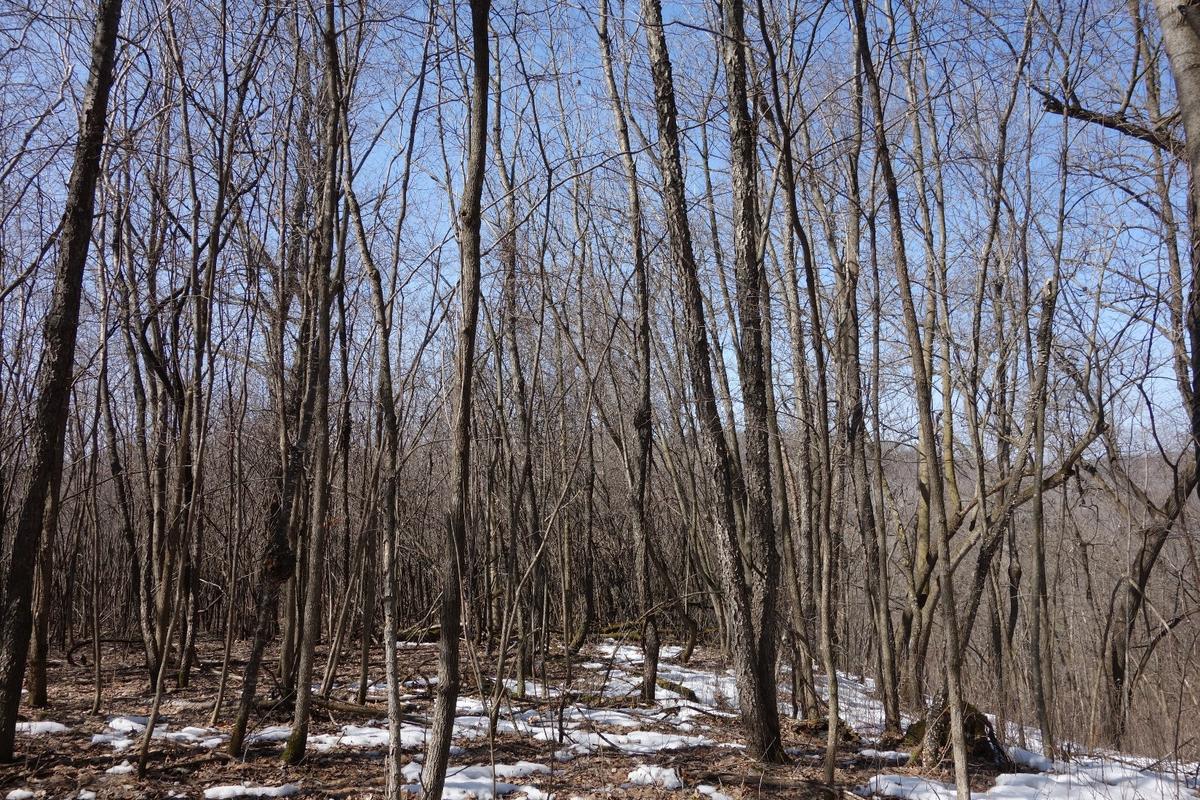Overview
This study is an example of a common prescription for harvest and regeneration of mature DNR-administered oak stands in southeastern Minnesota during the 1980s and 1990s: Clearcut with reserves harvest, with post-harvest killing of competing undesirable trees such as boxelder, elm and ironwood. The Native Plant Community (NPC) silvicultural strategy was to “re-initiate a stand as would severe windthrow to create open to very large gap habitat”. Foresters knew that it was unrealistic and even undesirable to expect establishment of pure oak stands, but a strong oak component was a goal. Most prescriptions featured use of natural seeding and stump sprouts for oak regeneration, but it was also common to plant red oak seedlings after harvest to supplement natural regeneration. On this site, the original prescription called for supplemental oak planting but that did not happen, so natural regeneration was relied on for oak.
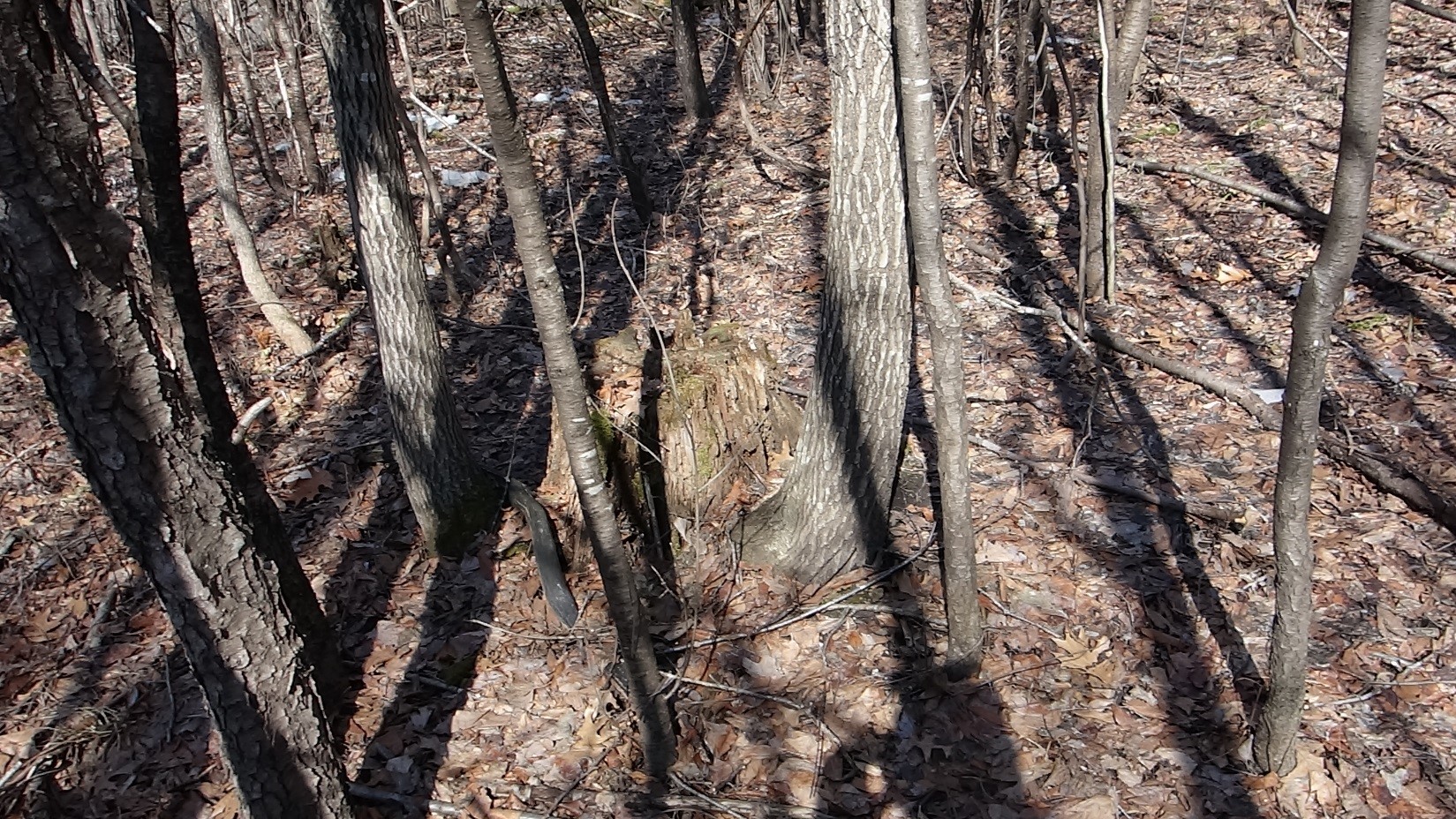
Figure 1: The stand in March 2020. It is a diverse, 24 year old pole-sized central hardwood stand with a good component of healthy black cherry.
In 2019, the stand is a healthy, diverse 23 year old northern and central hardwood forest that is a good ecological fit for the site. Therefore the silvicultural treatment was largely successful, except that we did not get as much oak regeneration as we had hoped for. One unexpected positive outcome of the treatment is that there is a larger than expected component of healthy, well-formed black cherry in the current stand.
Silviculture Objective(s)
1) Regenerate a mature red and black oak stand to a young stand of similar composition
2) Maintain and improve wildlife habitat with a strong component of oak trees in the new stand. One of the most important contributions to wildlife from oak stands is mast, or acorns which are an important seasonal food source for squirrels, turkey, deer, grouse, blue jays and other acorn consumers. Oak forests provide habitat for numerous wildlife species. The principal game species include white-tailed deer, turkey, fox, and gray squirrels, and in some areas ruffed grouse. Other important species include raccoon, opossum, red fox, bobcat, skunk, and a host of birds. Source: North Central Manager’s Handbook for Oaks in the North Central States (GTR NC-37).
3) Improve timber quality and value. A good component of healthy, well-formed oaks, black cherry and other fine hardwoods will help ensure high timber value at harvest time.
Pre-treatment stand description and condition
Stand establishment and management history:
This mature oak stand originated after control of regular fires, post European settlement. The stand was part of a privately owned farmstead until the state obtained it in the 1960s. It had a history of use as a woodlot and wooded pasture prior to the state obtaining the property.
The site is rolling to fairly steep, with several dry washes or coves. Aspect is variable from mostly northwest facing, to portions in coves that are north facing. Slopes vary from 5% to 35% grade.
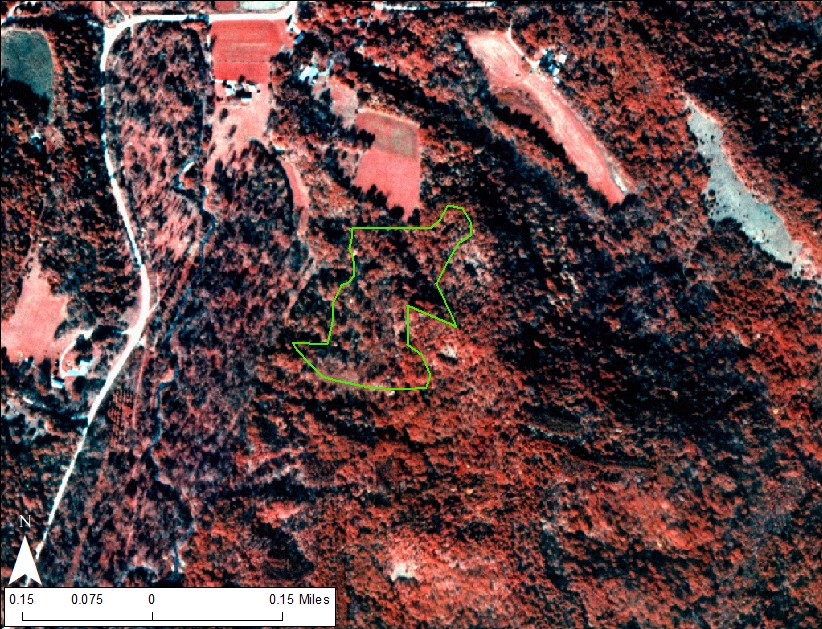
Figure 2: 2016 color IR aerial photo of project and surrounding areas
Pre-treatment species composition:
In 1995, the stand overstory was dominated by mature red and black oak, with a good component of basswood. Also present were bur and white oak, cottonwood, aspen, paper birch elm and black cherry. The oaks probably averaged around 110 years old.
Pre-treatment growth and stocking:
Table 1: 1992 Timber sale appraisal of volume of merchantable trees with stems greater than 12 inches DBH
Species and Product Board Feet
Red and Black Oak Sawlogs and Veneer 28,500
Basswood Sawlogs and Veneer 10,800
White and Bur Oak Sawlogs 2,000
Cottonwood Sawlogs 5,200
Elm Sawlogs 1,900
Aspen Sawlogs 1,800
Paper Birch Sawlogs 1,700
Black Cherry Sawlogs 300
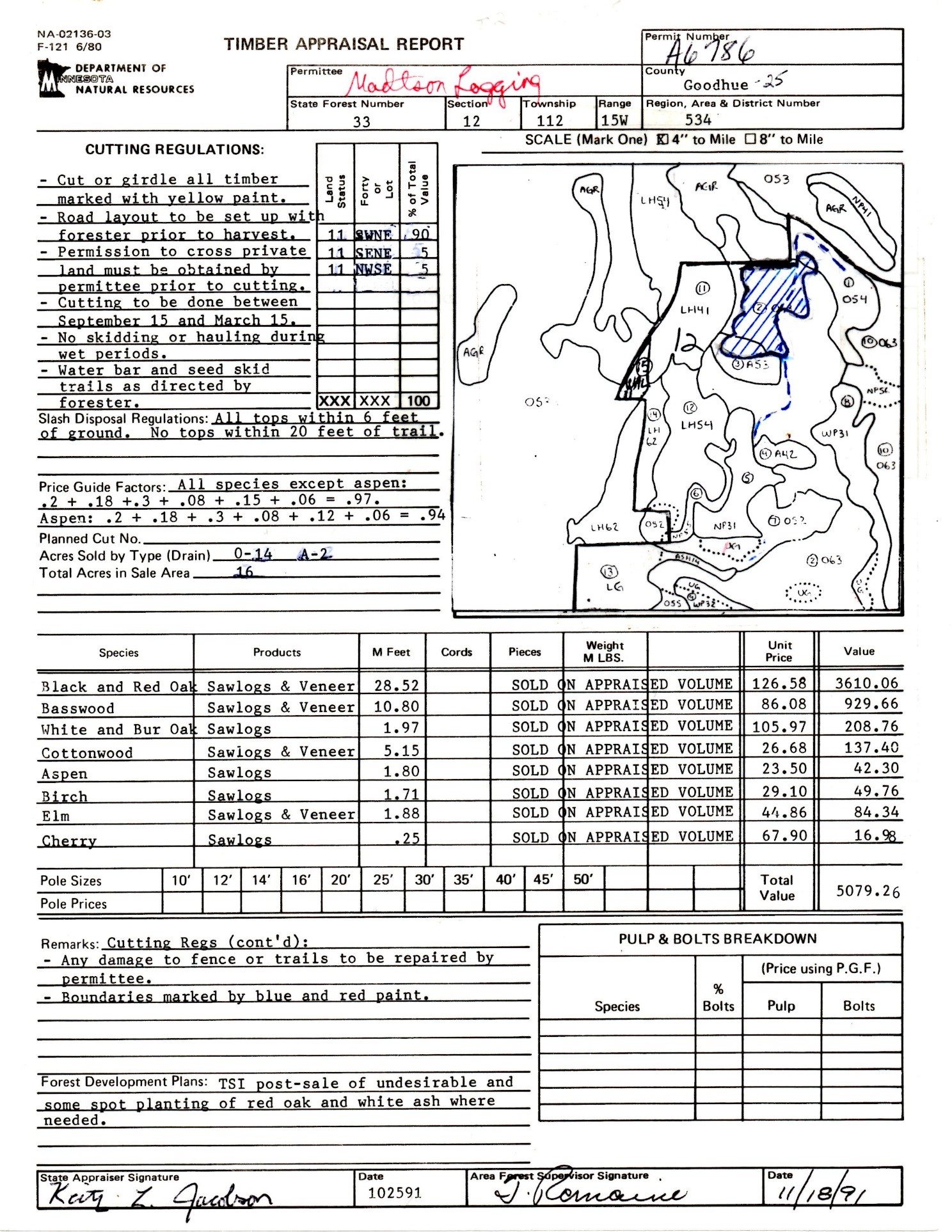
Figure 3: 1991 timber sale appraisal
Pre-treatment forest health issues:
As is common for stands of its age in southeastern Minnesota, the stand was beginning to experience a modest amount of heart rot. If stands are not treated, they can often begin to experience fairly rapid decline and conversion to more shade tolerant species as they reach 120 to 130 years of age.
Landowner objectives/situation:
While specific objectives vary from parcel to parcel, lands under the administration of DNR-Forestry are managed in alignment with Section Forest Resource Management Plans (SFRMP) to ensure that state forest management activities meet statewide goals for ecological protection, timber production, and cultural/recreational values. The DNR assembles teams from the Divisions of Forestry, Fish & Wildlife, and Ecological & Water Resources who work with partners and the public to develop SFRMPs.
The Minnesota DNR goal for oak forest acreage at the time of project initiation was to maintain as much of it as possible through regeneration of mature stands. Site-specific objectives included:
1) Regenerate a mature red and black oak stand to a young mixed hardwood stand with similar composition
2) Maintain and improve wildlife habitat
3) Improve timber quality and value
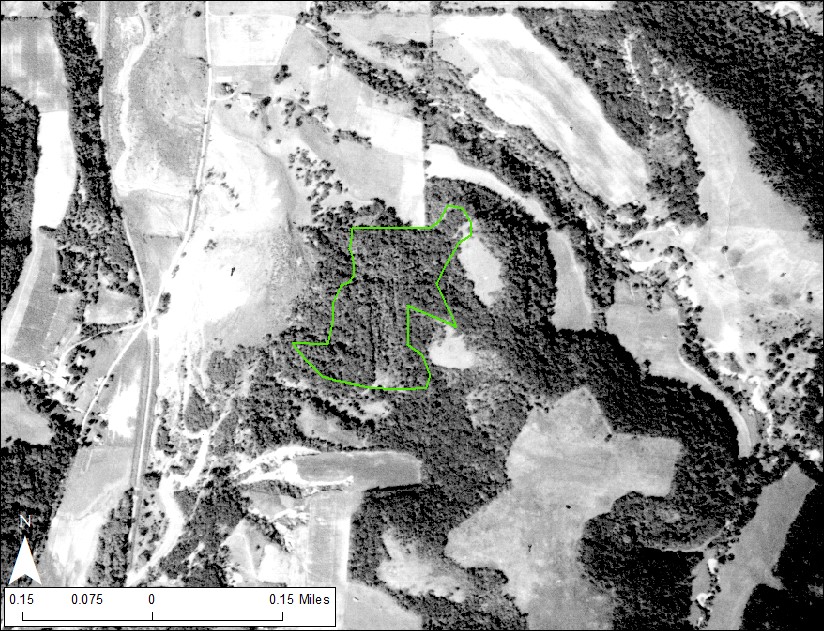
Figure 4: 1938 aerial photo of project and surrounding areas
Silviculture Prescription
Table 2: Silvicultural assessment and treatment
|
Treatment |
Date |
Description |
Acres Treated |
|
Timber Appraisal and Silvicultural Assessment |
Summer and fall 1991 |
Timber was appraised for sale, and the stand was assessed to determine a silvicultural strategy. This included a survey of advance regeneration. |
16 |
|
Clearcut with Reserves Harvest |
January through early March 1996 |
Winter clearcut with reserves harvest. Winter harvest was specified in order to facilitate sprouting and reduce insect and disease potential. Scattered larger bur, white, red and black oak reserved for mast production as a seasonal wildlife food source, and also to provide den and roost trees. |
16 |
|
Post-sale killing of elm, ironwood and boxelder |
Summer 1996 |
Competing boxelder, elm and ironwood trees were killed by girdling with a chainsaw, and applying Tordon herbicide to the girdle wound. |
16 |
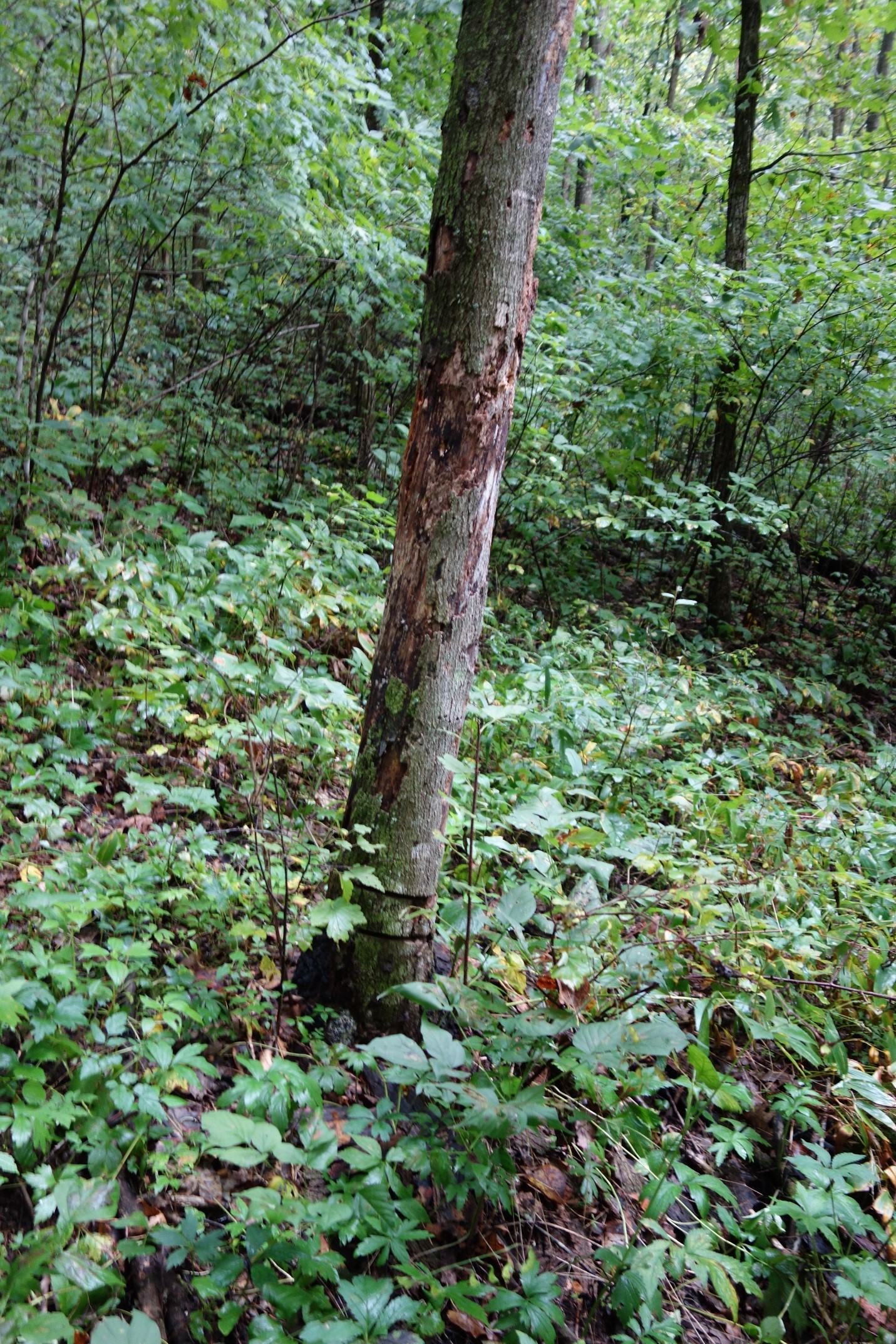
Figure 5: Competing elm, boxelder and ironwood trees were girdled and killed after the timber harvest in 1995/96
What actually happened during the treatment
The timber sale was sold at auction in the fall of 1992, but did not actually get harvested until January of 1996 due to delay caused by an injury to the logger that purchased the sale.
As sometimes happens as staff move and/or change jobs, responsibility for sale administration and silvicultural actions was passed to a new forester after sale setup, but before harvest.
The harvest and post-sale killing of undesirables went largely as planned.
The original prescription called for supplemental oak and white ash planting “as needed” but no planting was actually done.
Post-treatment assessment
Observations/Conclusions in 2019 (23 years post-treatment)
The treatment was largely successful, resulting in a healthy and diverse central hardwoods stand
The current stand is a healthy, diverse 23 year old northern and central hardwood forest that is a good ecological fit for the site. Therefore the silvicultural treatment was largely successful.
We did not get as much oak regeneration as we had hoped for
While there is a small component of 23 year old oak in the current stand that regenerated post-harvest, we were hoping for considerably more of it. Most of the oaks present in 2019 are harvest residuals. 1998 regeneration survey data indicates that some young white oaks did regenerate immediately post-harvest, however they are not part of the young forest canopy in 2019. This indicates that they got out-competed by other vegetation in years 3 through 10 after harvest, and also possibly had animal predation (deer browse) issues.
As shown in table 2, in 2019 oak had greater total basal area, relative basal area, and frequency on plots than basswood and black cherry, however, this was due to the larger diameter oak residuals left over from the harvest. Oak harvest residuals (those greater than 10 inches in diameter, plus half of the red oak BA from 5-10 inches in diameter) account for 20% of the total stand basal area. In contrast, oak regenerated post-harvest (all 3-5 inch DBH oaks, and half of the 5-10” red oak BA) account for only about 3% of total stand BA.
Frequency data for oaks regenerated post-harvest also indicates very modest oak presence:
- 3-5 inch DBH red oaks were only present on 8% of our plots.
- 5 to 10 inch red oak BA were on 16.67% of plots, but since we estimated that only about ½ of the 5-10 inch DBH red oaks were established post-harvest, that is only about an 8.3% frequency.
Table 3: Tree species basal area in feet2/ac by DBH class in inches in 2019. Frequency refers to percent of plots containing trees within the class
Intermediate stand treatment (release) and possibly protection from animal browse would have been necessary for more oak to survive
Regeneration data three growing seasons after harvest indicated 115 white oak/acre averaging 4 feet in height. Therefore it appears that at least some white oak regeneration did get established early on, but almost all of it got outcompeted and shaded out in the years since. It seems clear that additional post-harvest release treatments would have been necessary to better achieve the oak regeneration objective. This finding is consistent with guidance information for the MHs 37 NPC, which indicates that oak can generally become established, but struggles to get above competition from other woody vegetation and becomes shaded out. It is also well documented that young oaks are tasty deer food, and therefore deer browse is commonly a big factor keeping oak from successfully competing.
Table 4: Results of a September 1998 regeneration check (3 growing seasons after harvest)
Species Avg. Stems/Ac Avg. Height (ft.) Stocking %
Black Cherry 769 10 85|
Basswood 327 5 54
Aspen 404 8 23
White Oak 115 4 46
Elm 288 5 54
Boxelder 77 4 31
Buckthorn 404 6 54
Note that there was some white oak regeneration post-harvest. Most of it did not survive to be a part of the current stand.
One question that might occur to readers is whether planting oaks to supplement natural regeneration would have resulted in better success on this site. While we can’t know for sure, we do know that some natural oak stems did become established post-harvest, but got out-competed by other vegetation in years 3-10 or so. It therefore seems likely that planted stems would have met a similar fate.
The stand has a good component of healthy, well-formed black cherry
One unexpected positive outcome of the treatment is that there is a good component of healthy, well-formed black cherry in the current stand. This is interesting because in the observations of the author while in the field in the 1980s and 1990s, most black cherry tended to have crooked stems, thin crowns and major heartrot. Many were infected with black knot disease. On most sites, cherry struggled to reach 14 inches DBH before dying. Time will tell whether the black cherry on this site (and a number of others observed during case study field work in 2019) will reach maturity in healthy and merchantable condition, but it is definitely off to a good start after 23 years. There is some black knot disease and stem cankering on the cherry, but it appears to be present on less than a third of the stems. Of note for forest managers, the NPC guidance for MHs37 indicates that black cherry may need some intermediate release to reach heights much above 10 meters. Many of the cherries on this site are already 10 meters or more now, but it will probably be worth monitoring in the future to see if their crowns and health begin to deteriorate.
One reason for the improved form and health may be that the current black cherry was established and grew in nearly full sunlight after the clearcut with reserves harvest. This is in contrast with the partial-shade establishment and growth conditions that were probably the case for the previous generation, requiring their struggle for sunlight through partial shade. Another possible reason for better black cherry health and form could be the somewhat warmer and wetter climate experienced over the past several decades.
While 2019 data for regeneration less than 3 inches DBH in Table 3 is not a big part of the “lessons learned” for this study, we include it because it can still be of interest to managers moving forward.
Table 5: Tree regeneration density (average stems/acre) in 2019. Regenerants: <1 foot in height; Seedlings: > 1 foot in height and less than 1” DBH; Saplings: > 1” DBH and < 3” DBH; 
Understory Plants
We did not gather understory plant data for this stand, but from observations on a similar adjacent stand, the understory plants looked typical for mesic hardwoods stand in this part of MN.
Invasive Species
There is a significant amount of buckthorn on the site. We should note that it is pretty common to find buckthorn at high levels in this part of Goodhue County. There was also some Japanese Barberry present.
Plans for future treatments
Monitor the stand through periodic inventory surveys.
Control invasives where necessary.
Costs and economic considerations
Costs (1995 dollars)
Timber sale setup and administration: $ 80/ac
Post-sale killing of competing undesirable trees $ 100/ac
TOTAL COSTS: $ 180/ac
Revenue (1995 dollars)
Timber revenue on 29 acre harvest $ 396/ac
TOTAL REVENUE: $ 396/ac
Other notes
A forest health item that might be worthwhile to track on future case study sites is the percentage of stems infected with black knot disease. We did not take data on percentage of stems infected on this site. A rough visual estimate put the percentage infected at around 35%.
We had data gathering help. Summer Interns Amelia Knoll and Alex Love gathered and helped to analyze data for this site in the summer of 2019.
We had review help. Minnesota DNR Program Coordinators Mike Reinikainen and Matt Huseby reviewed this study and provided helpful edits.
Climate Adaptation Considerations
One possible climate change factor to monitor: Much of the black cherry on this site is off to a healthy, well-formed start after 23 years. One reason for the improved form and health may be that the current black cherry was established and grew in nearly full sunlight after the clearcut with reserves harvest. This is in contrast with the partial-shade establishment and growth conditions that were probably the case for the previous generation, requiring their struggle for sunlight through partial shade. Another possible reason for better black cherry health and form could be the wetter climate experienced over the past several decades.
Summary / lessons learned / additional thoughts
- The silvicultural treatment of a clearcut with reserves harvest and post-sale killing of undesirable tree stems was largely successful, resulting in a healthy and diverse central hardwoods stand
- We did not get nearly as much oak regeneration as we had hoped for
- Intermediate stand treatments to release oak would have been necessary for more oak to survive
- The stand has a good component of healthy, well-formed black cherry. This might be a silvicultural and/or climate change factor worthy of further monitoring in the future.
- It is important to gather tree data for our retrospective case studies by diameter class. Rationale:
The first time we gathered tree basal area data for this site, we did not collect it by diameter class. We later realized that this data did not allow us to identify which oak trees were those reserved from harvest in 1996, and which were regenerated after harvest, due to the silvicultural activity. We clearly needed DBH size class information to better assess oak regeneration success, and also to better understand what the stand looked like immediately post-harvest by showing what residuals remained after the timber sale was completed. So we went back in on this site a second time and gathered basal area by diameter class. We also altered our procedures for future retroactive case studies so that we gather basal area by diameter class.
